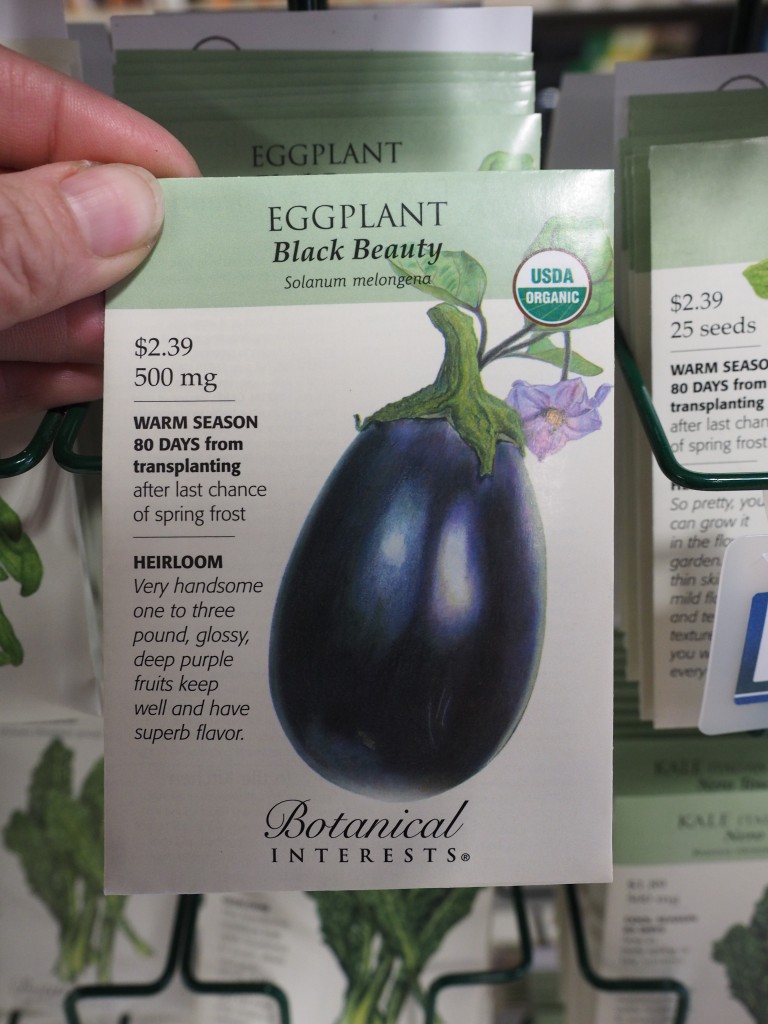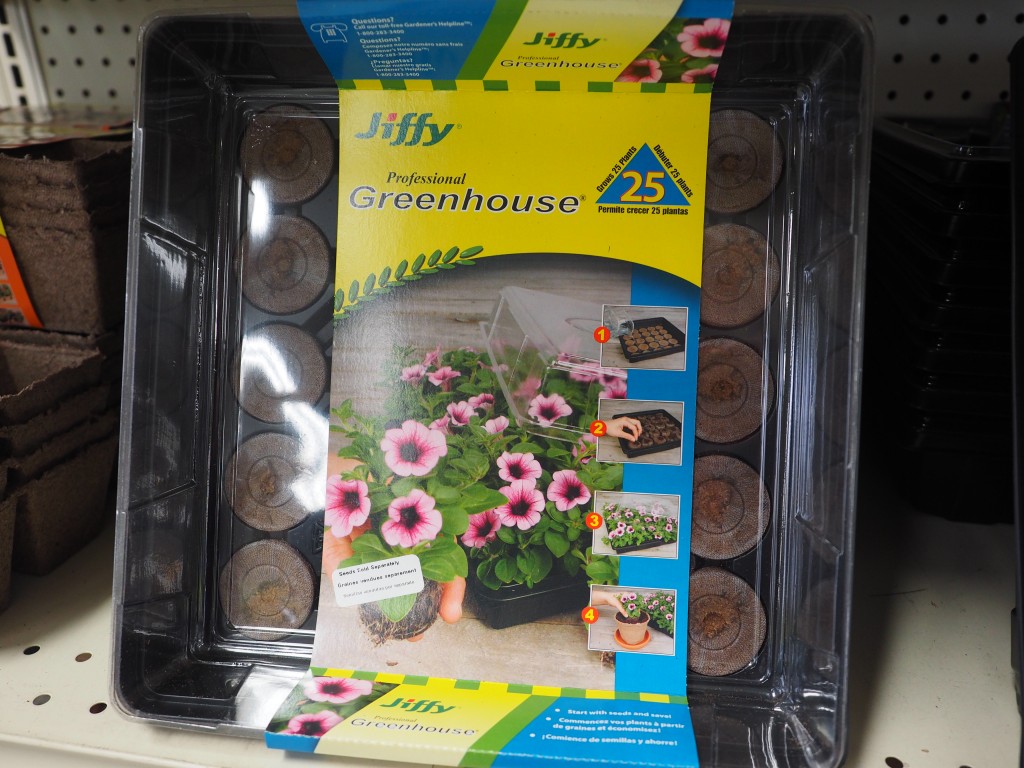Have you ever gone to the grocery store and said, “Oh my! Four dollars for 4 sprigs of basil!” Well, there is an easy way to get what you want and help you save a bit of cash, as well. Not only will starting your vegetables, herbs, and flowers from seed help the pocket book, it is a wonderful thing for the whole family to watch a plant grow from a tiny seed, and there is nothing more rewarding than harvesting a crop that you grew.
The first thing to do is determine where you plan to plant your garden outdoors. Most vegetables require full-day sun to mature properly. There are only a few that will grow in partial sun, mostly leafy greens. Knowing your available light will determine what you can successfully grow.
Read the seed packet. There should be a description of plant characteristics, giving you an idea of what to expect. Look for information about the preferred season to grow, seed sowing depth, days to germination, and days from transplant until harvest. There should also be information about preferred light and whether or not the seed will do best if started indoors or directly sown into the outdoor garden bed. Often there is information about the disease resistance of the variety, too. In the case of tomatoes, there should be a notation of the plant being determinate (bush variety) or indeterminate (vining varieties). Some seed companies provide additional information inside the packet. If you prefer to use organic seed, look for the USDA organic symbol on the front of the packet. You won’t find GMO seeds at Echter’s. In fact, GMO is primarily used on commercial farms and is rarely seen in the garden center or home garden.
Why is the information on the packet important? All of that information allows you to select the right varieties to grow in your climate and those that suit both your needs and your taste buds.
Is the plant warm season or cool season? This will help you decide when to plant said crop for instance things like spinach, kale, chard, Brussels sprouts, are all cool season crops — meaning you can start those 4-6 weeks before the average last frost. Whereas things like peppers, tomatoes, zucchini, need to be started after the last frost. I know it can be confusing, but on most seed packets you will have that information of cool season or warm season right on the front.
What is days to emerge? This is how many days it will take that seed to, as we say, crack or germinate. It is when you will see the first sign of life the first little showing of green.
How many days until harvest? This means how many days it will take from the time you plant in the ground or container, until you will be able to harvest said crop, or see blooms on flowers.
Should I start my seeds indoors our outside? Most seed packets will recommend whether to start inside or outside. For instance it is a good idea to start your tomatoes and peppers inside since Colorado has such a short growing season. Whereas things like corn, leafy salad greens and root crops like carrots prefer to be directly sown into the ground.
Now that you can identify what and when to plant there is no stopping you! You will have a few other needs to get started. You’ll need seed trays and seed starting mix or Jiffy pots. It’s also helpful to have some plant labels so you can note the date the seed was sown and the variety.
A heat mat is helpful, particularly if your home temperature is on the cools side. It will heat the soil evenly, providing optimal conditions for seed germination. Humidity domes can help keep the necessary moisture around the seed to aid in germination. If the light on your windowsill is inadequate, try adding indoor grow lights. Most are energy efficient and you’ll use them for years to come.
If you are starting indoors it will be important to have additional pots on hand, usually 3”-4” diameter. Once seedlings have established, they will need to be potted up (transplanted into larger pots) until it is time to transplant outside.
It’s a good idea to keep the empty seed packets for a couple of reasons. The first is that it can be a few months before your plants reach maturity. In that time, it’s easy to forget details that may be handy to know as harvest time approaches. The second is that you may find out you love that variety and having the seed packet will help you remember what to buy the following season.
It is important to remember that gardening involves some trial and error, and there is no fool proof method. Mother Nature has her own ideas sometimes. It never hurts to try new things. If you are successful you will not only reap the benefits of tasty veggies, aromatic herbs, and beautiful flowers, but the confidence that, yes, you can grow something from a seed!
